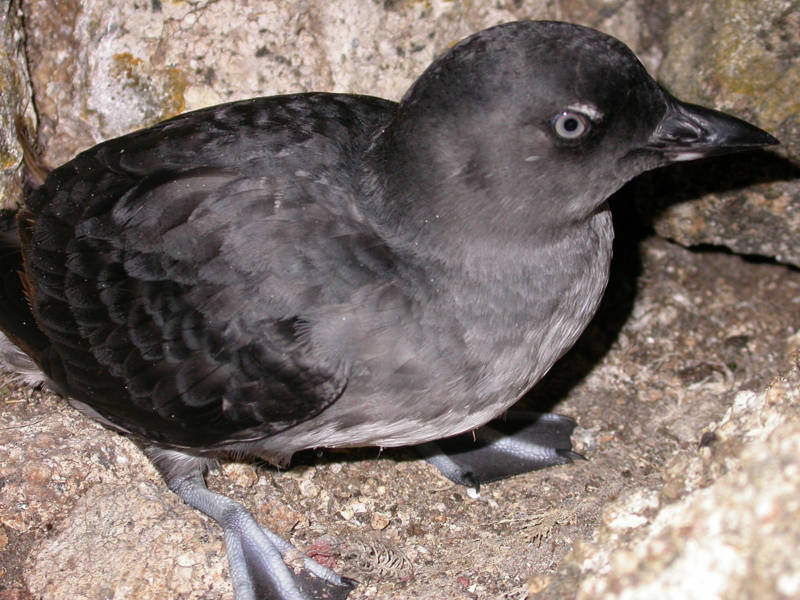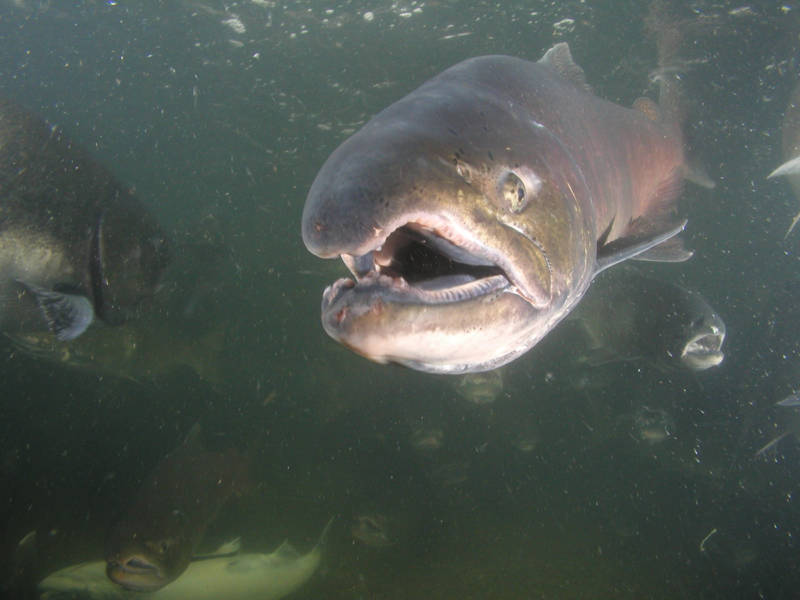A blue copper butterfly perches waist height on a buckwheat blossom blooming in the cloud dunes near Bodega Bay. In the thick fog its gossamer wings are folded, keeping its sky-blue hues to itself and the milk-white flower. Normally found at higher elevations in California’s Sierra Nevada and Cascade mountains, this colony of blue coppers exists in this chilly coastal prairie because of the low clouds that drip with moisture.
 If the fog belt burns off permanently, this butterfly population will become extinct. “There’s no ambiguity. It will be gone,” said Arthur Shapiro, an evolution and ecology professor at University of California, Davis.
If the fog belt burns off permanently, this butterfly population will become extinct. “There’s no ambiguity. It will be gone,” said Arthur Shapiro, an evolution and ecology professor at University of California, Davis.
Heat is threatening animals around the world. At a time when scientists are certain that human greenhouse gas emissions are warming ocean waters and raising temperatures, however, they are still sorting out how turning up the thermostat is affecting the specific ecosystems that plants and animals rely on – including the coastal fogs so critical to redwoods, these blue coppers and a host of other species. Researchers are also raising questions about the impacts of an additional 8 degrees Fahrenheit on California’s inland species, from the Central Valley to the Sierra Nevada. While there is little doubt that changes in climate are shifting the habitats of virtually every living being on Earth, an examination of Northern California, one of the most biologically diverse places on the planet because of its mix of habitats, illustrates the challenges of trying to predict the future for evolving species.
Clearly there will be losers. The latest Intergovernmental Panel on Climate Change report found that around 1 million animal and plant species are now threatened with extinction, many within decades, more than ever before in human history. But there may also be winners, at least temporarily. As scientists wrestle with the impacts of global temperatures already 2.7 degrees hotter than pre-industrial levels, they are entering a phase of scientific inquiry without parallels, said Shapiro: “Climate change is leading to environments that have no analog in our modern world.”

In the San Francisco Bay Area, the effects of climate change on local species begin at sea. Like oceans around the world, the Pacific has warmed by as much as a half-degree Fahrenheit every decade since 1910. For Cassin’s auklets, the results have been devastating. These chunky fist-sized birds are common in the waters around the Farallon Islands. During the winter of 2014 more than 1,200 young Cassin’s auklets washed up dead – and tens of thousands are thought to have starved, said Shaye Wolf, a climate change scientist with the Center for Biological Diversity. An enormous slog of warm water had developed off the Pacific coast. Known as the Blob, this marine heat wave caused massive die-offs and a 30 percent drop in the population of humpback whales.

